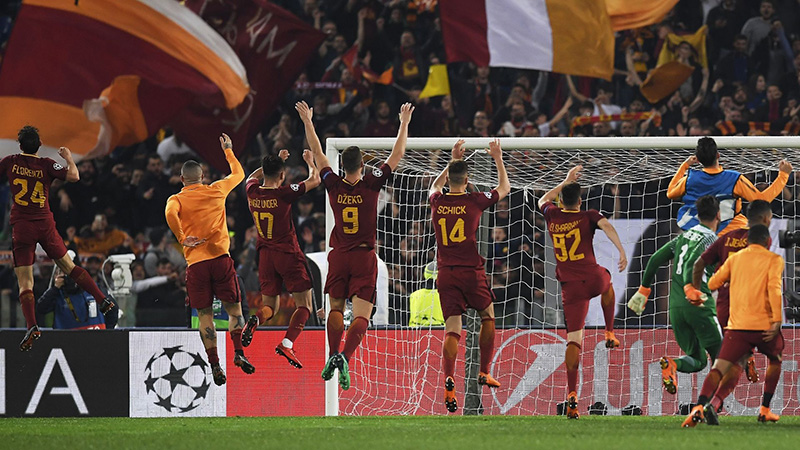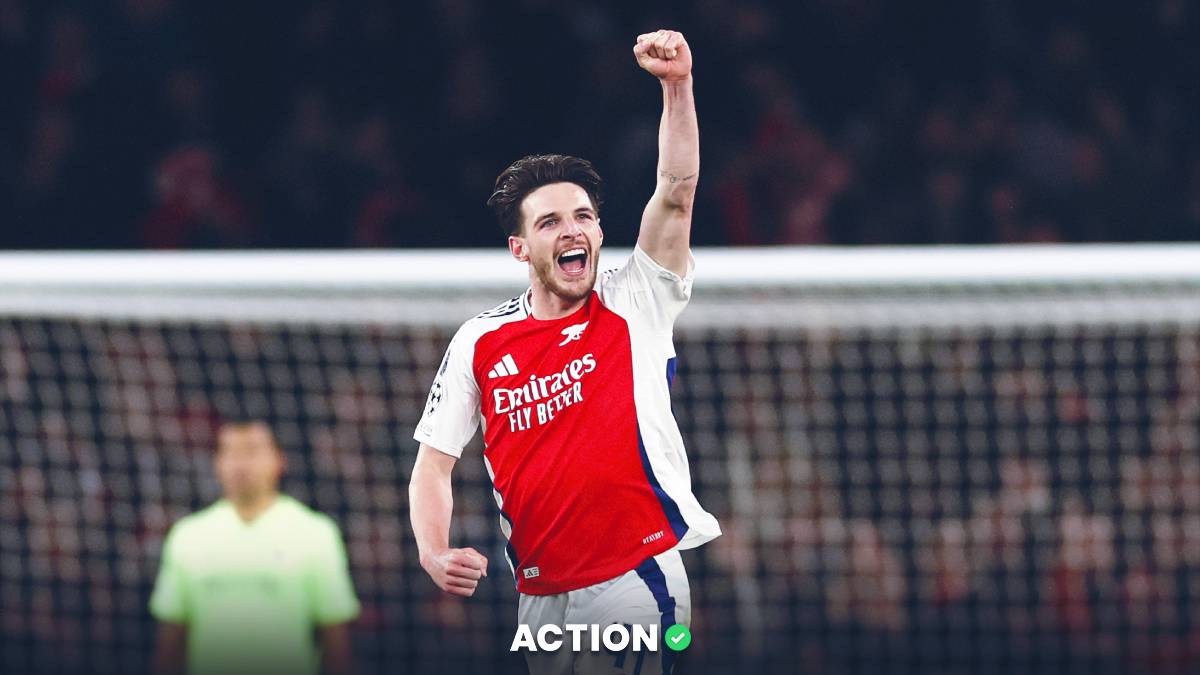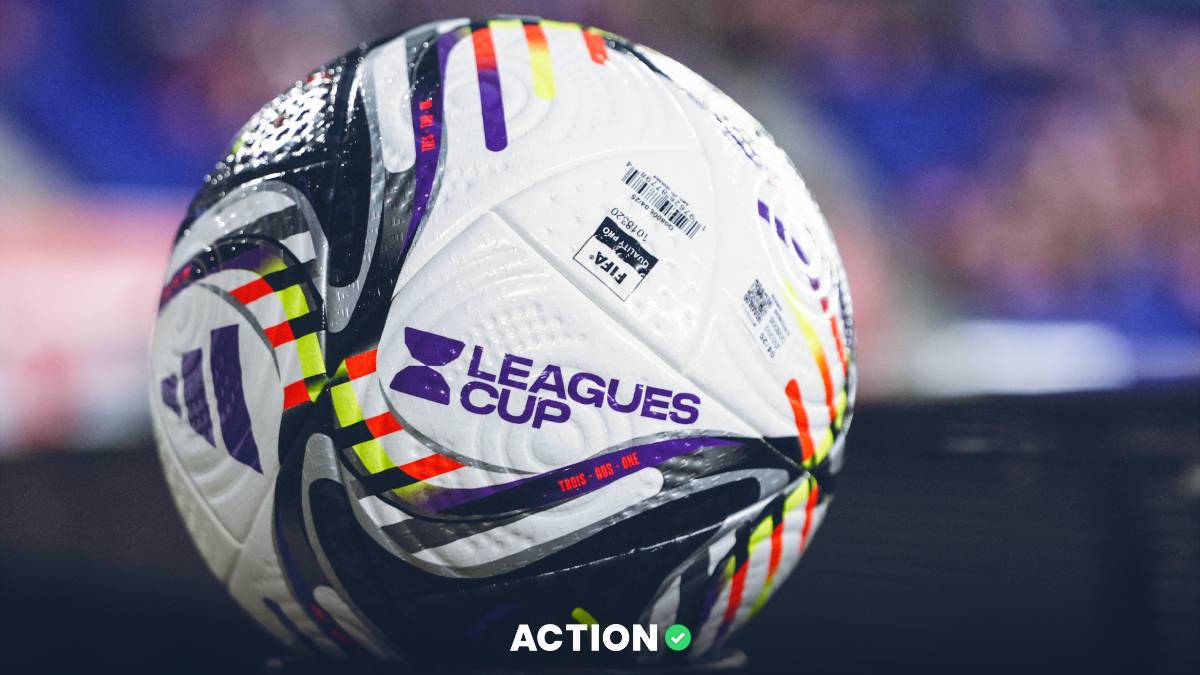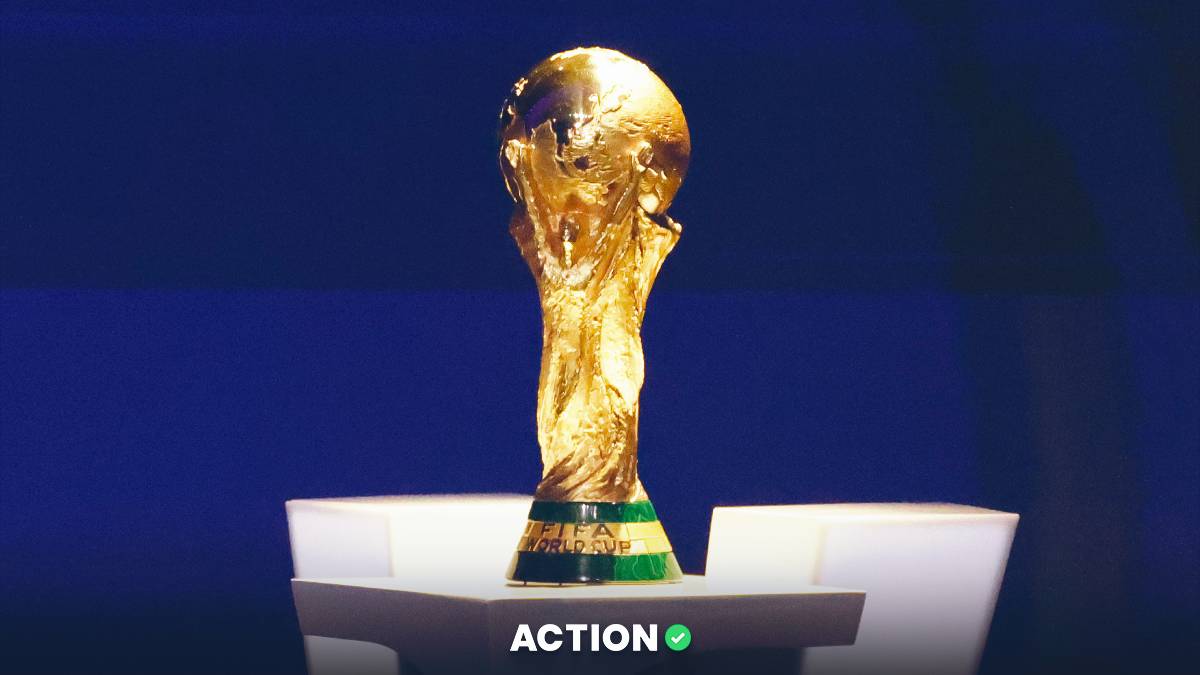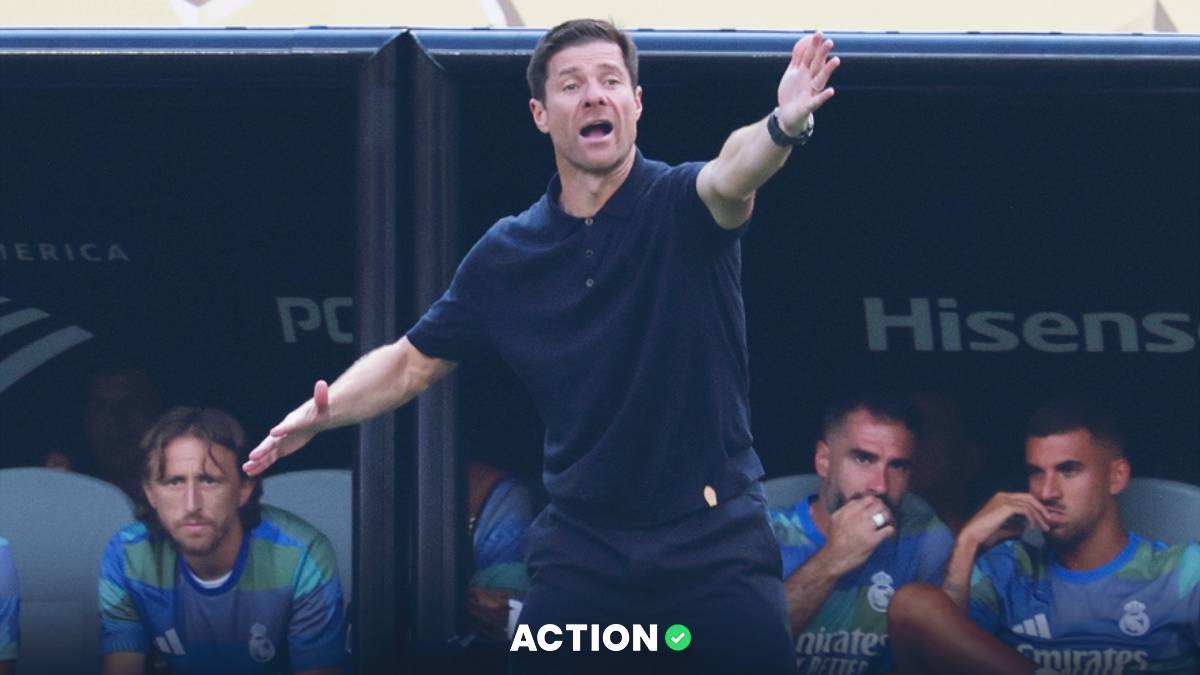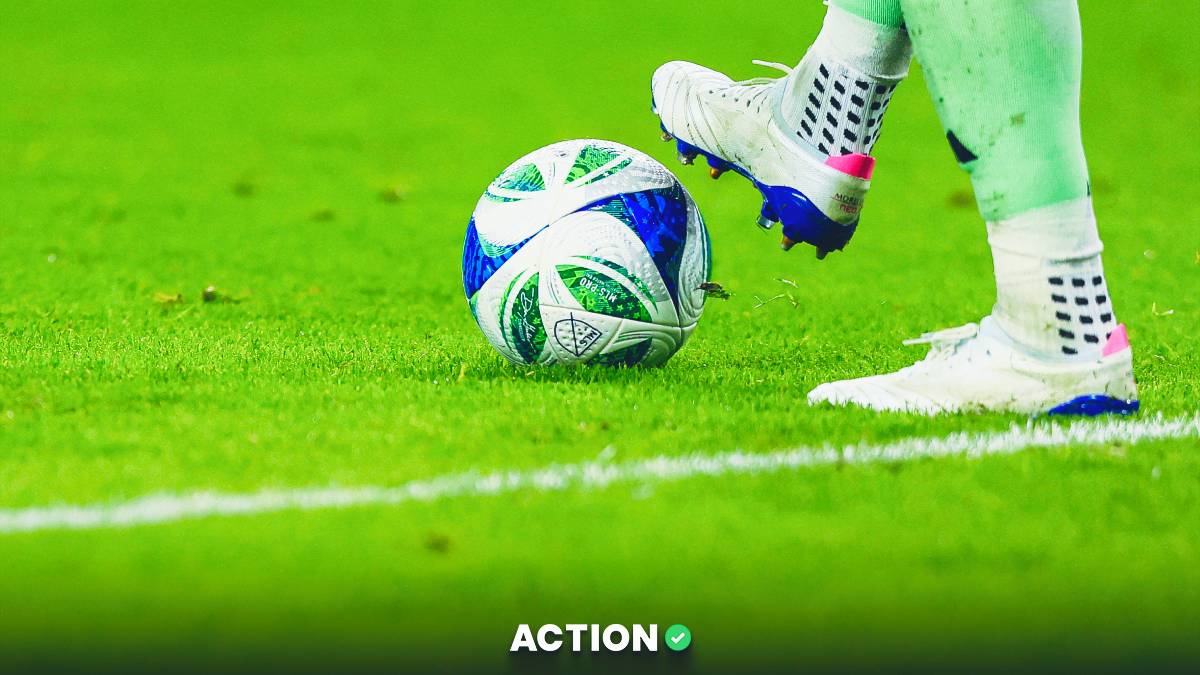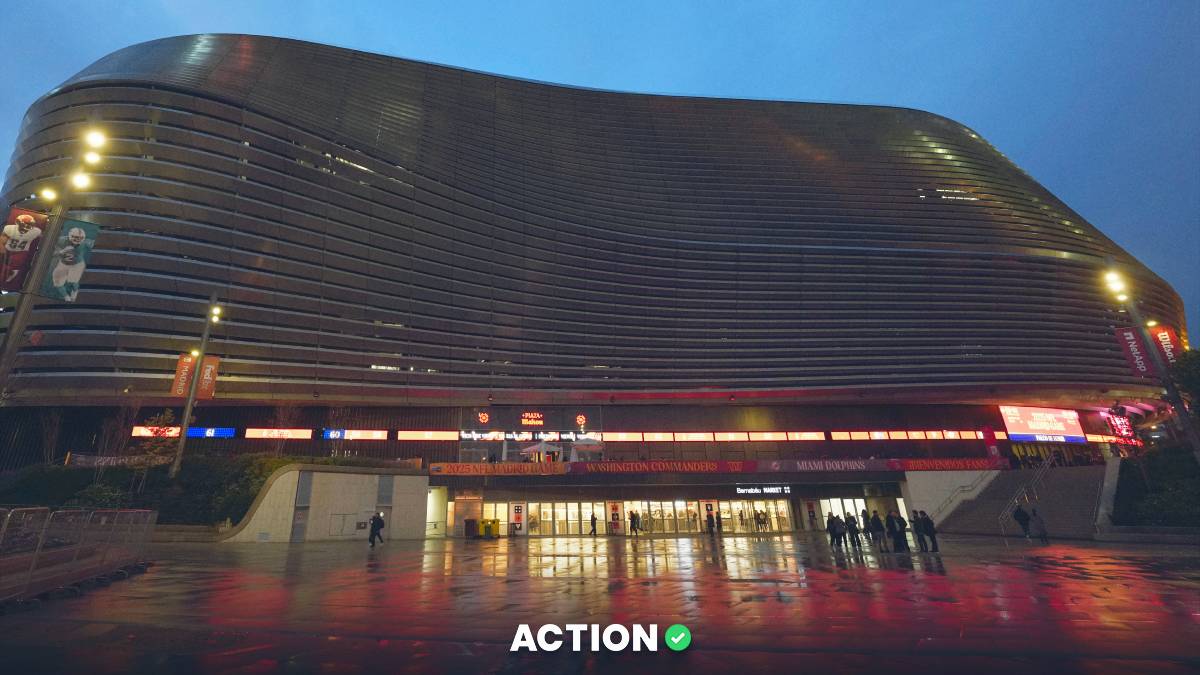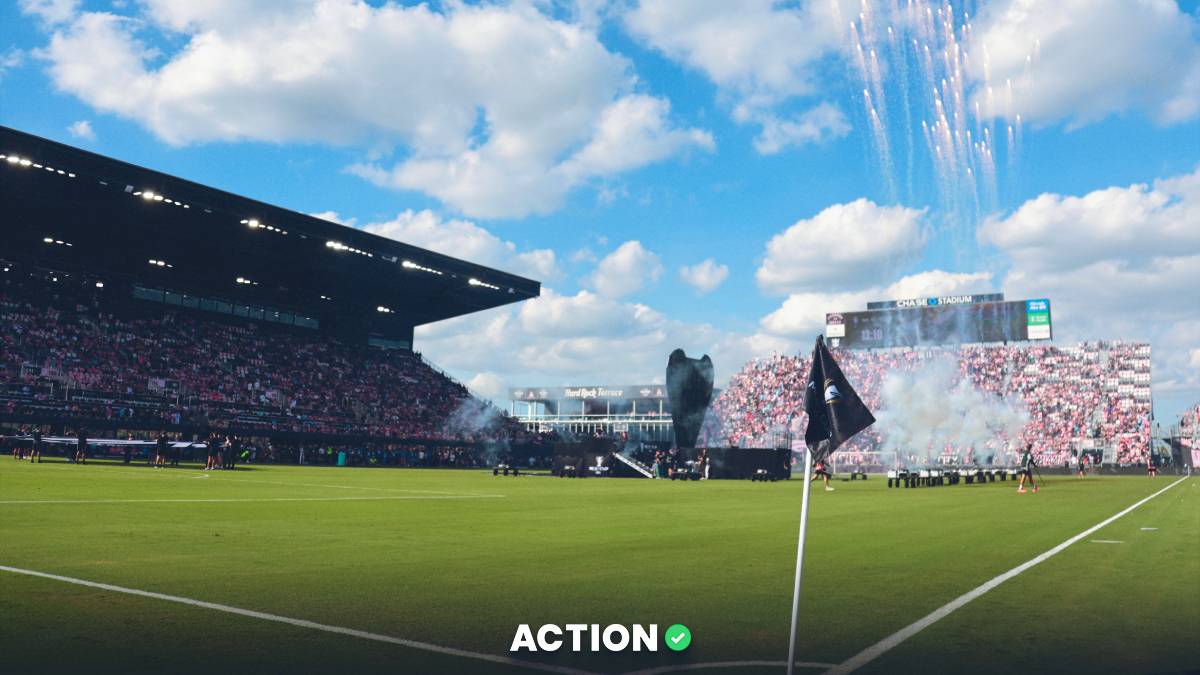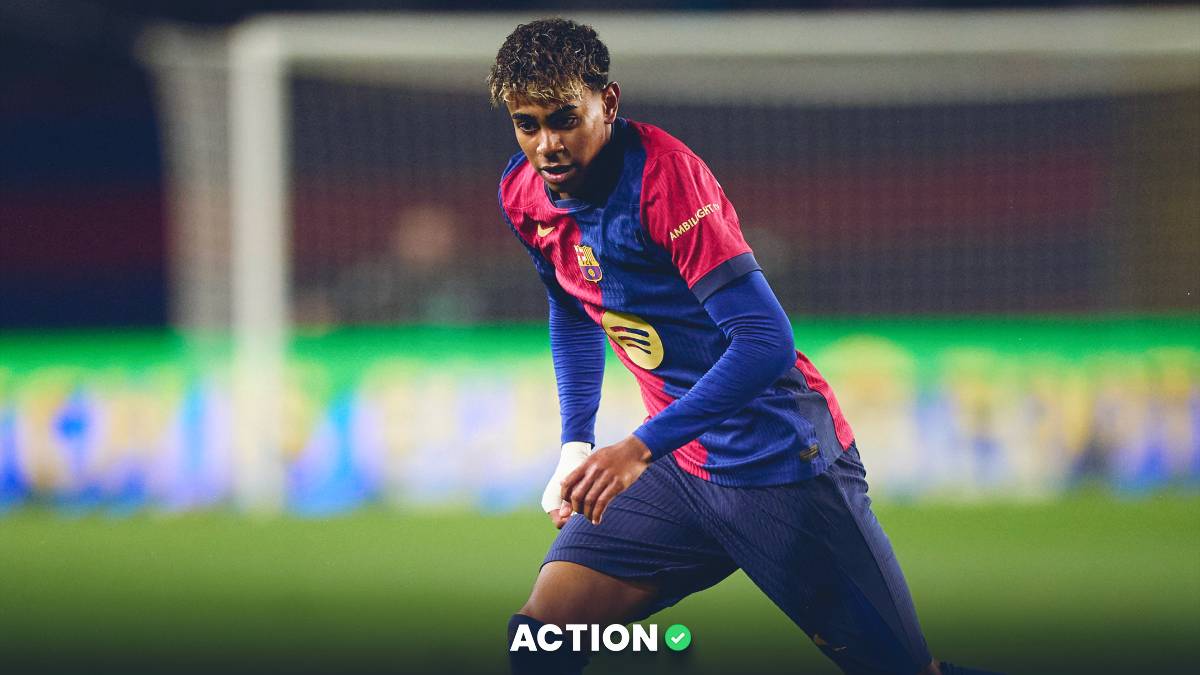Roma are the most unlikely team left standing in the Champions League. Left for dead against Barcelona in the quarterfinals after a 4-1 loss on the road, Roma put together a stunning comeback to win the second leg 3-0, securing their place in the final four.
But more than just a single unexpected upset makes Roma an unlikely semifinalist. The fact is that, superficially at least, there’s nothing about Roma’s performances this season that seemed to indicate they were capable of putting such a special run together. And as Liverpool prepare to face La Lupa in the semifinals on April 24 (2:45 p.m. ET), they’ll need to determine if there’s something about Roma the world is missing? Does Roma have some sort of hidden secret sauce that makes them dangerous? Or, are they what they appear to be — a good team that pulled together one great result to reach the semifinals of Europe’s biggest tournament?
Unspectacular but Efficient
Roma’s numbers over the course of the season have been fine but not spectacular. They’re pretty much exactly what you’d expect from a team sitting in fourth in Serie A, tied on points with crosstown rival Lazio, 21 points behind league-leader Juventus. They’ve scored 52 goals which is the fifth-most in the league and they conceded 27, the fourth fewest. On each side of the ball, their performance has matched almost exactly with their place in the table. Contrast that with Lazio, who while having the same number of points are the highest-scoring team in the league (79 goals) but are an entirely average defensive team with 43 goals conceded. The two teams have identical records, but Lazio have done it in much more unorthodox style. It’s the Lazios of the world — teams with unique and unorthodox styles — that are likely candidates to stage upsets. The pretty vanilla profile of Roma doesn’t seem like something likely to catch better teams by surprise.
Roma’s expected goals numbers present a similar if slightly more nuanced picture. Their 52 goals are actually eight fewer than the just over 60 that expected goals predicts. But on the opposite side of the ball, the 27 goals they’ve conceded are also eight fewer than they’d be predicted to give up. The tradeoffs in the numbers are extremely obvious. Eusebio Di Francesco's men play slightly more conservatively than might be apparent by the chances they create and concede. That approach shows in their numbers, but in effect cancels itself out. Any benefit they get on the defensive side of the ball is almost perfectly offset by having a lack of numbers in attack. Expected goals sees what the top line numbers do — a good team that doesn’t do anything particularly surprising.
Hunting Like the Wolf
Stylistically Roma are a team focused on pressing defensively and then doing simple things to get their big striker Edin Dzeko as many scoring opportunities as possible. Roma’s biggest strength is forcing opponents to give the ball back. Serie A tends to be a league where defensive pressure is applied selectively, and defenses are happy to let the other team have the ball in non-dangerous areas. That’s not what Roma does. Roma allows the fewest passes per defensive action in their opponents' half of the field at 8.37. And, even though Roma have the ball a lot — their 56.3% possession is the second-most in Serie A — they are just seventh in the league with 12.6 interceptions per game. They force opponents into playing errant passes, which they are quite prepared to pick off and take the other way.
However, hunting in packs (which is fitting given Roma's nickname — La Lupa) defensively means there are fewer attacking targets for Roma to aim at when they do win the ball. The vast majority of their attack runs through Dzeko, their target-man. Dzeko’s 14 goals and almost 16 expected goals are more than double anybody else’s on the team. He plays like a traditional striker, finding space in the opponent’s penalty box to get on the end of attacks, finishing balls fed to him from the wings by constantly finding pockets of space that defenders can’t quite close down. Two of Roma’s three assist leaders are the team’s fullbacks, Aleksandar Kolarov and Alessandro Florenzi with seven and five, respectively. Superstar midfielder Radja Nainggolan, who is responsible for doing pretty much everything, is the other lead assist man, also with seven.
The Recipe At Work
All of these factors were on display in Roma’s upset against Barcelona. With his team's three-goal lead, Barcelona manager Ernesto Valverde elected to approach the game conservatively, as he frequently does away from home. Barcelona looked to control possession without taking any risks. But trying to maintain a rigid shape while in possession is something that Roma handles easily. The Romans pressed Barca, as they frequently do, and in response, Barcelona simply tried to play the ball over the top of it, rather than take risks and try to pass the ball through the press.
It didn’t work. While playing long passes aimed behind the press for a player to run on to is a tried-and-true strategy, Barcelona didn’t have anybody with the requisite speed to get in behind. Striker Luis Suarez is still a lethal finisher, but at 31, his wheels are not what they once were. Lionel Messi, meanwhile, will always come short to get the ball rather than go long to receive it. Roma consistently handled the attempted long passes and turned around and attacked Barcelona’s box by relentlessly playing the ball to Dzeko, who scored the first goal and was fouled to create the penalty for the second. Roma's decisive third goal came from a corner kick. By not taking any risks in possession, Barcelona played right into La Lupa's hands.
The Liverpool Problem
Roma’s preferred strategy was the perfect fit against Barcelona. It won’t fit nearly as well against Liverpool. For starters, Liverpool have Mohamed Salah (a former Roma player), perhaps the most in-form goal scorer in the world. He also has blazing-fast speed, and is an expert at getting in behind pressing defenses. If nothing else, his presence will give Roma fits in a way that Suarez wasn’t able to. Also Liverpool’s midfield is much more combative than Barcelona’s. Barcelona want to win the ball and then keep it. Liverpool try to take the ball from opponents and immediately attack. That difference is very important.
Barcelona’s desire to settle the ball in possession meant that they were not exploiting Roma’s press. Roma were able to push up the field without fear of being counterattacked through the midfield. Liverpool will not fall into that trap. Players such as Alex-Oxlade Chamberlain, James Milner and Jordan Henderson will be looking to break forward quickly, and perhaps more importantly, play passes forward up the field quickly. They will want to break the Roma defensive press and attack it before it can reset. Barcelona’s desire to maintain possession meant that Roma consistently had time to press, and then reset before they were exploited.
There’s nothing special about what Roma does. They are a good defensive pressing team, which relies on a striker having a great year to make up for some of their more conservative tendencies. That was a mix that was tailor-made to surprise an uninspiring, tactically conservative Barcelona. They’re likely to find Liverpool a much harder task.
Top photo: Roma players celebrate their win over Barcelona.


